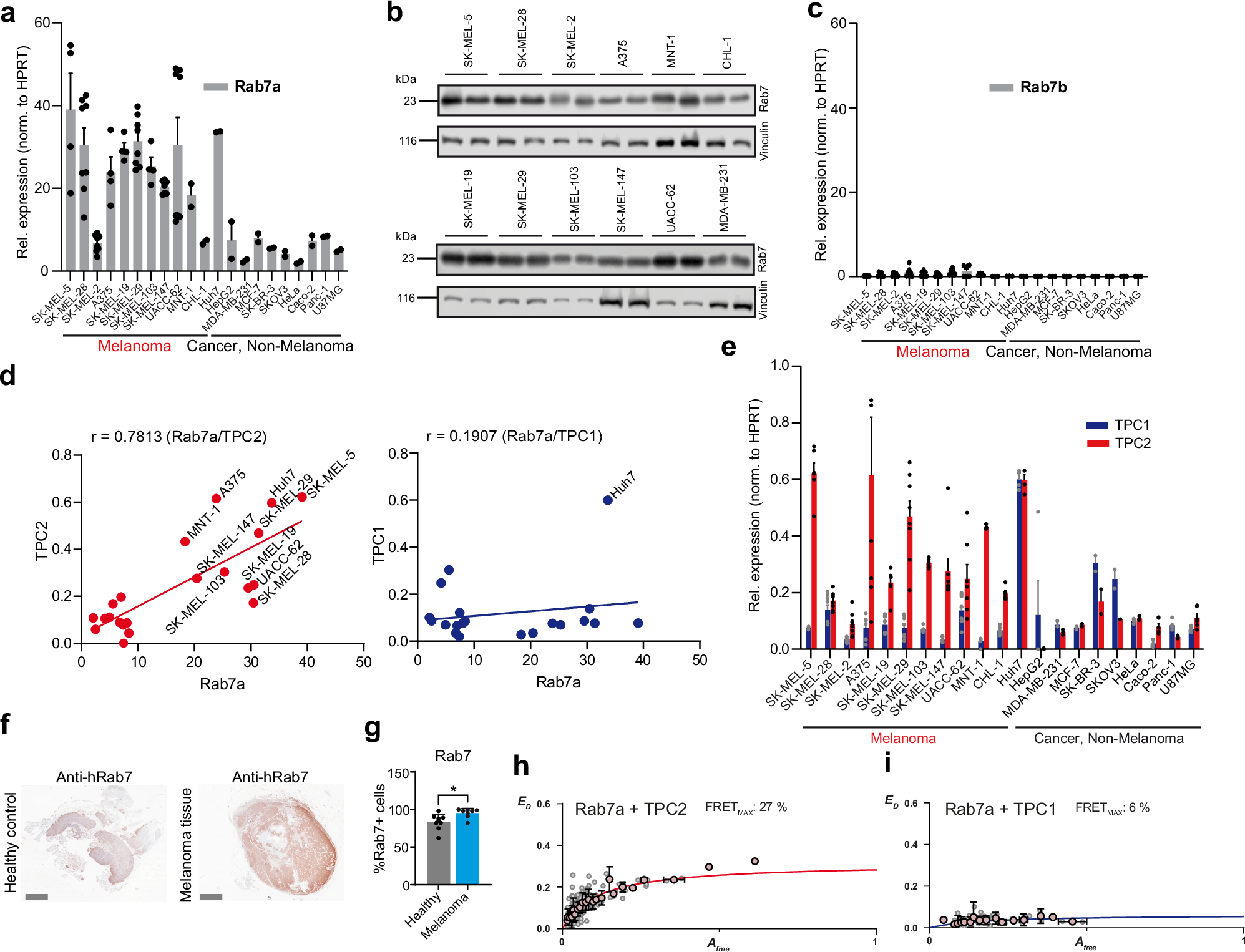2024-11-20 カロリンスカ研究所(KI)
<関連情報>
- https://news.ki.se/first-molecule-identified-that-promotes-gut-healing-while-inhibiting-tumour-progression
- https://www.nature.com/articles/s41586-024-08247-6
肝臓X受容体が腸の再生と腫瘍形成を結びつける Liver X receptor unlinks intestinal regeneration and tumorigenesis
Srustidhar Das,S. Martina Parigi,Xinxin Luo,Jennifer Fransson,Bianca C. Kern,Ali Okhovat,Oscar E. Diaz,Chiara Sorini,Paulo Czarnewski,Anna T. Webb,Rodrigo A. Morales,Sacha Lebon,Gustavo Monasterio,Francisca Castillo,Kumar P. Tripathi,Ning He,Penelope Pelczar,Nicola Schaltenberg,Marjorie De la Fuente,Francisco López-Köstner,Susanne Nylén,Hjalte List Larsen,Raoul Kuiper,Per Antonson,… Eduardo J. Villablanca
Nature Published:20 November 2024
DOI:https://doi.org/10.1038/s41586-024-08247-6

Abstract
Uncontrolled regeneration leads to neoplastic transformation1,2,3. The intestinal epithelium requires precise regulation during continuous homeostatic and damage-induced tissue renewal to prevent neoplastic transformation, suggesting that pathways unlinking tumour growth from regenerative processes must exist. Here, by mining RNA-sequencing datasets from two intestinal damage models4,5 and using pharmacological, transcriptomics and genetic tools, we identified liver X receptor (LXR) pathway activation as a tissue adaptation to damage that reciprocally regulates intestinal regeneration and tumorigenesis. Using single-cell RNA sequencing, intestinal organoids, and gain- and loss-of-function experiments, we demonstrate that LXR activation in intestinal epithelial cells induces amphiregulin (Areg), enhancing regenerative responses. This response is coordinated by the LXR-ligand-producing enzyme CYP27A1, which was upregulated in damaged intestinal crypt niches. Deletion of Cyp27a1 impaired intestinal regeneration, which was rescued by exogenous LXR agonists. Notably, in tumour models, Cyp27a1 deficiency led to increased tumour growth, whereas LXR activation elicited anti-tumour responses dependent on adaptive immunity. Consistently, human colorectal cancer specimens exhibited reduced levels of CYP27A1, LXR target genes, and B and CD8 T cell gene signatures. We therefore identify an epithelial adaptation mechanism to damage, whereby LXR functions as a rheostat, promoting tissue repair while limiting tumorigenesis.


